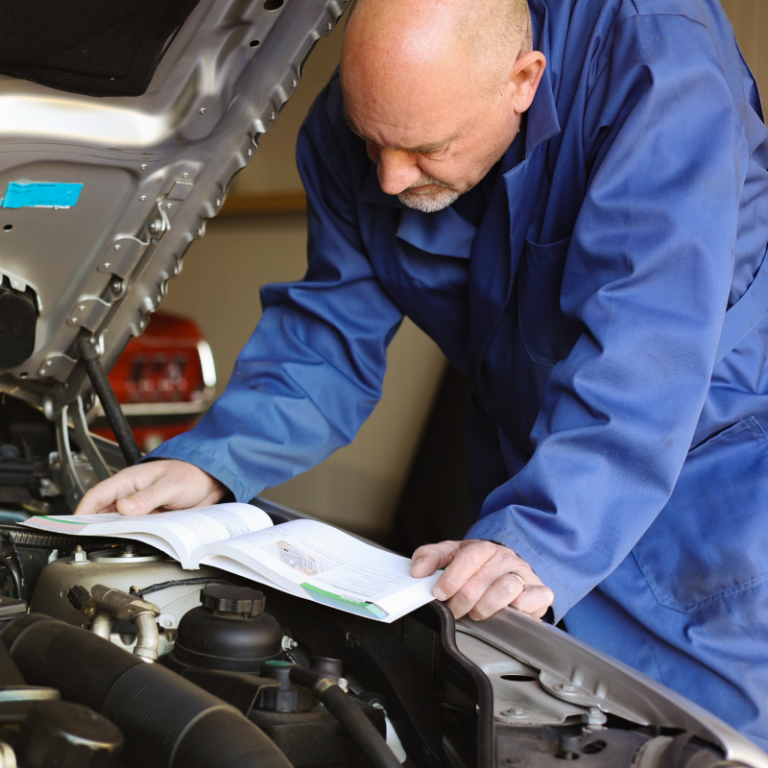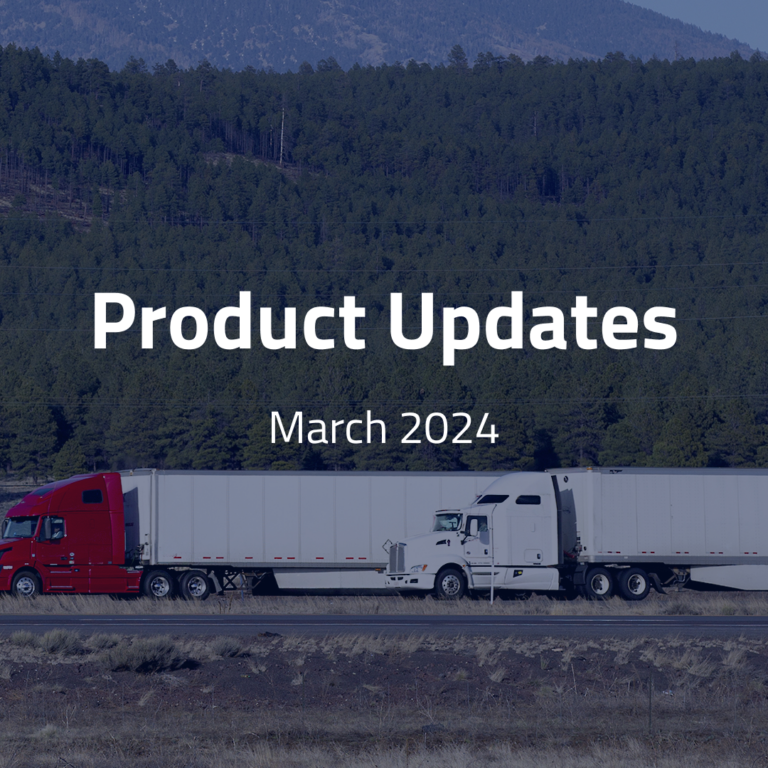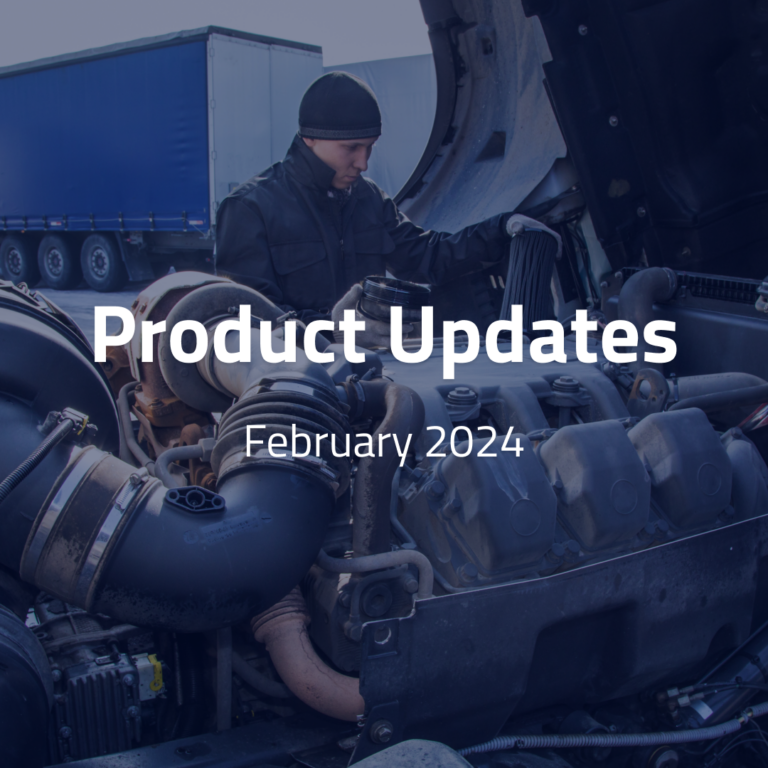
How To Choose The Right Fleet Maintenance Provider For Your Business
01 May 2023
Read time: 5 min
Set your your fleet maintenance for success
Every fleet manager is all too aware that their decisions can make or break the success of a business.
In a recent Telematics Survey Report done by Randal Reilly, over a third of the fleet respondents shared that they have “contracted more maintenance with a third-party” in order to solve current challenges faced by the company.
One of the most critical choices to be made is selecting the right maintenance provider. And with the complexities of modern vehicles and the ever-changing landscape of the industry, this decision is more crucial than ever before.
Crucial Considerations When Selecting A Fleet Maintenance Provider
Expertise and experience
Finding the perfect maintenance provider for your fleet requires a deep understanding of your fleet’s specific needs. With vehicles becoming more advanced and more connected, your fleet will require a well-trained, experienced maintenance team that has access to the latest diagnostic software and tools.
A technician team with OEM-specific experience can be worth its weight in gold. Especially when it comes to quickly diagnosing and addressing maintenance issues. Fleet owners must prioritize efficiency by ensuring their chosen service provider can cater to their unique assets. Such as offering a range of services and being able to work with a preventative or predictive maintenance schedule tailored to your fleet’s needs.
Data Accessibility/Cross-Platform Systems
With fleets relying on telematics and even more advanced software such as predictive analytics, there is one factor that cannot be overlooked: cross-platform data accessibility. Most fleet managers are painfully aware of the challenges posed by third-party fleet maintenance service providers who struggle to track maintenance information in a consistent manner, leaving them without historical data for future reference.
Misdiagnosis and excessive diagnostic times can result from not understanding how various systems interact. Pitstop bridges this gap by uploading historical maintenance data in CSVs and PDFs so they can be easily imported into other software, enabling future maintenance and vehicle breakdown predictions. Cloud-based systems can also be a cost-effective solution to this problem that avoids invasive and expensive IT integration. By selecting maintenance providers or enterprise fleet maintenance providers who prioritize data accessibility and system integration, fleet managers can futureproof a major part of their operations.
How To Choose A Fleet Maintenance Provider
How To Research And Compare Fleet Maintenance Service Providers
In evaluating and comparing maintenance providers, collecting consistent data is key. Establishing a consistent method of gathering information ensures accuracy in your data. It also provides a comprehensive overview to help you make this important decision.
Once you have the data, here are some key areas to analyze:
- Time spent diagnosing a problem
- Time from diagnosis to the beginning of the repair
- Actual repair times compared to standard repair times (SRTs)
- Repairs exceeding SRTs, which may indicate a need for technician retraining
- Frequency of parts unavailability causing repair delays
- Frequency of trucks in the shop between regular maintenance services
- Percentage of repairs requiring additional work
- The average time taken to authorize additional work
Checking references and reviews/testimonials
In the realm of business partnerships, trust is key. To ensure you’re aligning with a reliable firm, it’s perfectly acceptable to inquire about a maintenance provider’s track record. Trustworthy companies should have no issue providing testimonials and references. Or, at the very least, offer references from similar-sized fleet customers. Ask if they have testimonials readily available. Or if you can reach out to any of their current customers to enquire about their service quality and experience working with them.
Another factor that must be considered is the degree of experience the company possesses. An established organization should have at least 5 years of experience under their belt. So take the time to evaluate how long they’ve been in the industry and their area of expertise.
Certification and training
To ensure you’re partnering with fleet maintenance providers that can offer the highest level of service, look for those that prioritize and attract top talent with strategies to keep their technicians motivated and engaged. Additionally, inquire about their OEM-specific training programs. This type of specialized training provides technicians with a deep understanding of a vehicle’s unique technology and manufacturer-recommended maintenance and repair procedures.
Communication and reporting systems
For busy fleet managers, effective communication and transparency from their maintenance provider are key to getting quick and accurate updates on the status of vehicles flagged for maintenance or repair. Your maintenance provider should be able to provide their communication plan for scheduled and unscheduled maintenance. This includes a point of contact, their preferred method of contact, and hours of availability. Don’t underestimate the value of a maintenance provider that is responsive to your needs and communicates effectively. These factors make all the difference when it comes to optimizing your fleet’s performance.
Leasing vs Buying And Its Impact On Maintenance Costs
It’s no secret that fleet management is a complex and time-consuming task, so some companies may prefer to lease their fleet vehicles rather than buy them. If you choose to lease your vehicles, you can leave the fleet maintenance headaches to your fleet management partner. In many cases, costs can be lower and even included in certain leasing tiers, often at fixed costs. Leasing newer vehicles will likely reduce the number of maintenance issues that would otherwise fall on an aging fleet that is owned outright.
Typically, if you decide to purchase your fleet, you will be responsible for the maintenance of your vehicles. This can be a more time-consuming and potentially costly option. However, you will have more flexibility in terms of where and when to take your vehicles for repairs. This means you won’t be held to strict timelines and can manage maintenance on your own terms. However, keep in mind you won’t have access to the same tiered options, fixed monthly fees, and volume incentives that are often available to leased fleets.
Warranty
When it comes to safeguarding your investment, one aspect to consider is the labor and parts warranty policy of fleet maintenance providers. By inquiring about their coverage of defective components, you can be sure your fleet assets are fully protected.
It’s recommended that fleet managers confirm if their maintenance provider offers a comprehensive warranty for both their components and services in case of installation failure. It’s worth knowing that while labor warranty is typically provided by dealerships, it’s less common in most shops.
Choose the Right Fleet Maintenance Provider for Your Fleet
In conclusion, choosing fleet maintenance providers or enterprise fleet maintenance providers is a weighty decision. It can significantly impact your business operations and bottom line. The right fleet maintenance provider will not only help keep your fleet in top condition. They will also provide the fleet manager and owner with peace of mind and allow them to focus on running their business.
For more expert advice and guidance about how to choose a fleet maintenance provider that is both reliable and trustworthy or to see how Pitstop can take your fleet maintenance to the next level, get in contact with us today.









